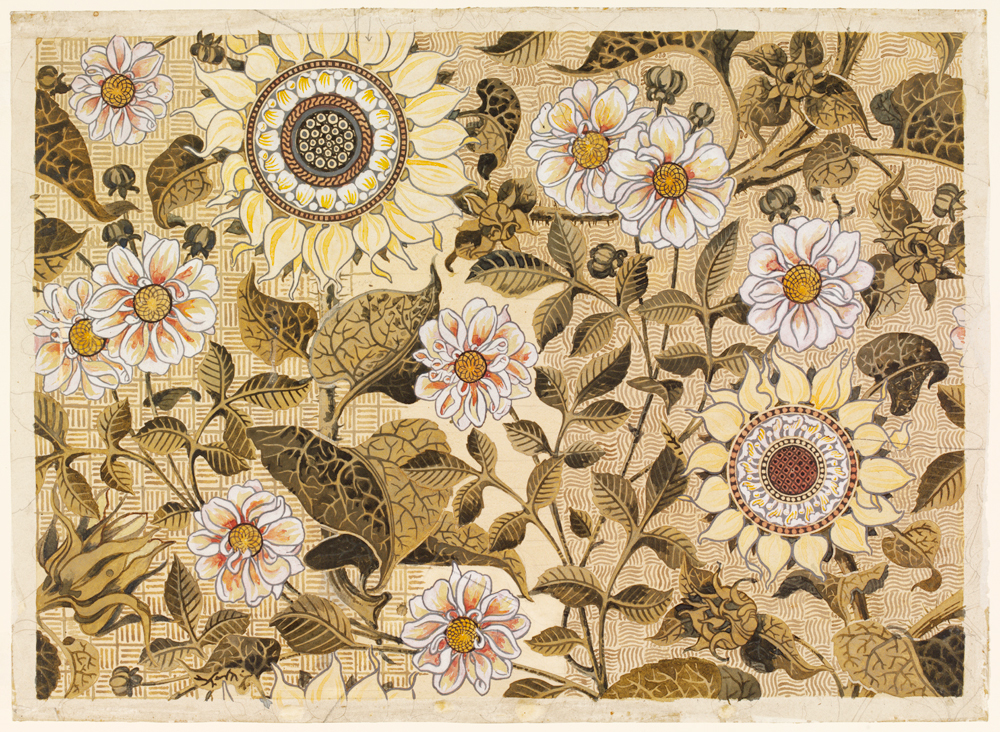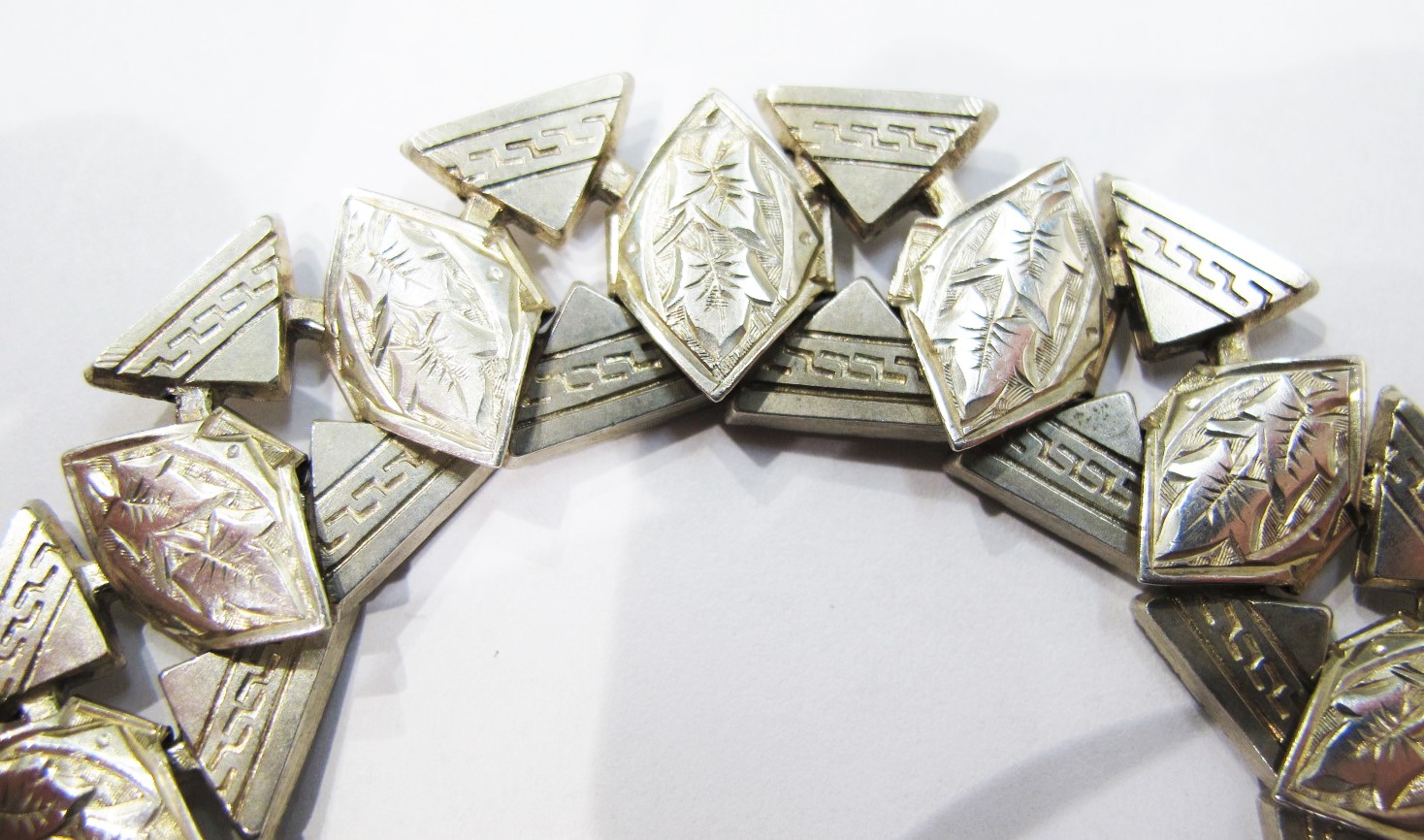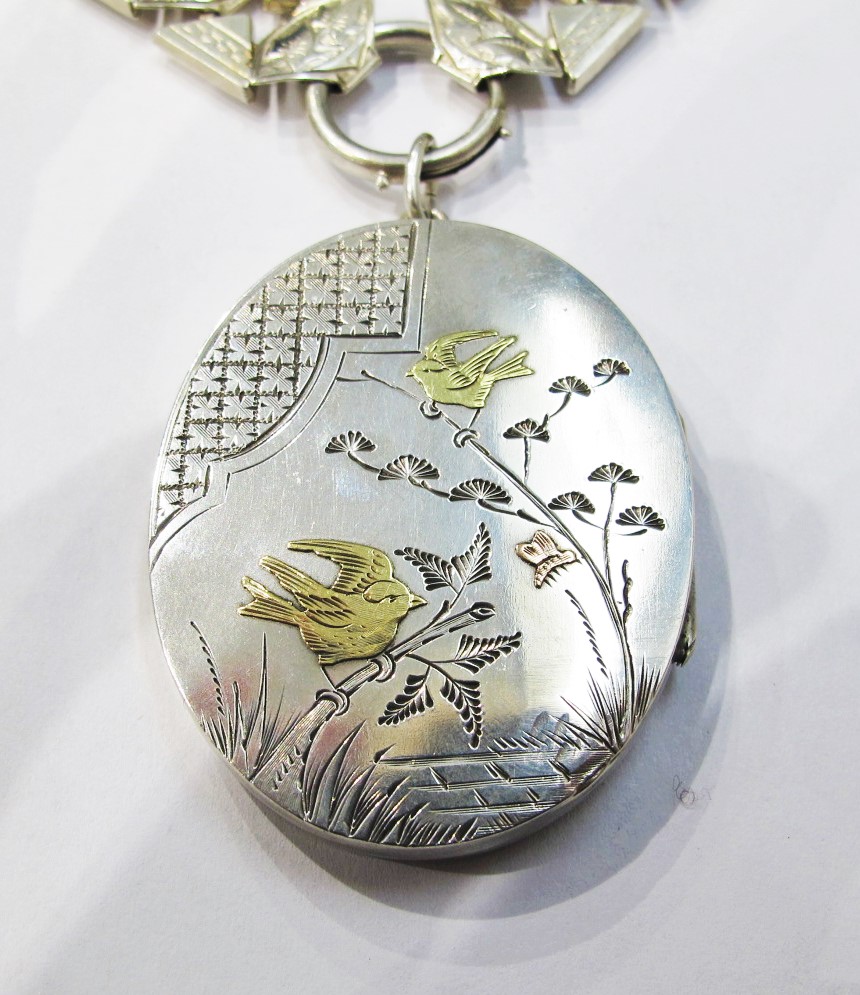During the nineteenth century jewelry designers (and all the other sorts of designers, for that matter) were obsessed with historical revival styles. Classical, Gothic, Renaissance, Egyptian, you name it the Victorians revived it. While we love finding these revival pieces today (Etruscan Revival, anyone?), some Victorians started to get sick of re-hashing old styles and longed for design that was fresh, new and original. These people became followers of what came to be called the Aesthetic Movement, which celebrated ‘art for art’s sake,’ separate of any historic motifs or meanings.
In 1854, around the same time the Aesthetic Movement was becoming a big deal, Commodore Perry and the US navy bullied Japan into a trading agreement with the United States.
A Japanese woodblock portrait of Commodore Perry c. 1854 ... he wasn't necessarily Japan's favorite guy...
Beautiful Japanese artwork that had rarely been seen in the West was suddenly available at boutiques and world fairs across Europe and America.
'Evening Snow at Kambara' by Utagawa Hiroshige, woodblock c. 1834.
Those inclined towards the Aesthetic aesthetic were enamored, and Western takes on Japanese art appeared on everything from teapots to jewelry. Many striking aesthetic-style jewels were fabricated in silver, and feature japanesque motifs like fans, flowers, bamboo and birds engraved on bold, geometric silver pieces. Oftentimes colored gold details were applied on top of the silver in imitation of Japanese shakudo work.
This aesthetic chain and locket are currently in our cases at Gray & Davis.
The addition of delicate engraving on such large-and-in-charge pieces makes for quite a statement, even today.






